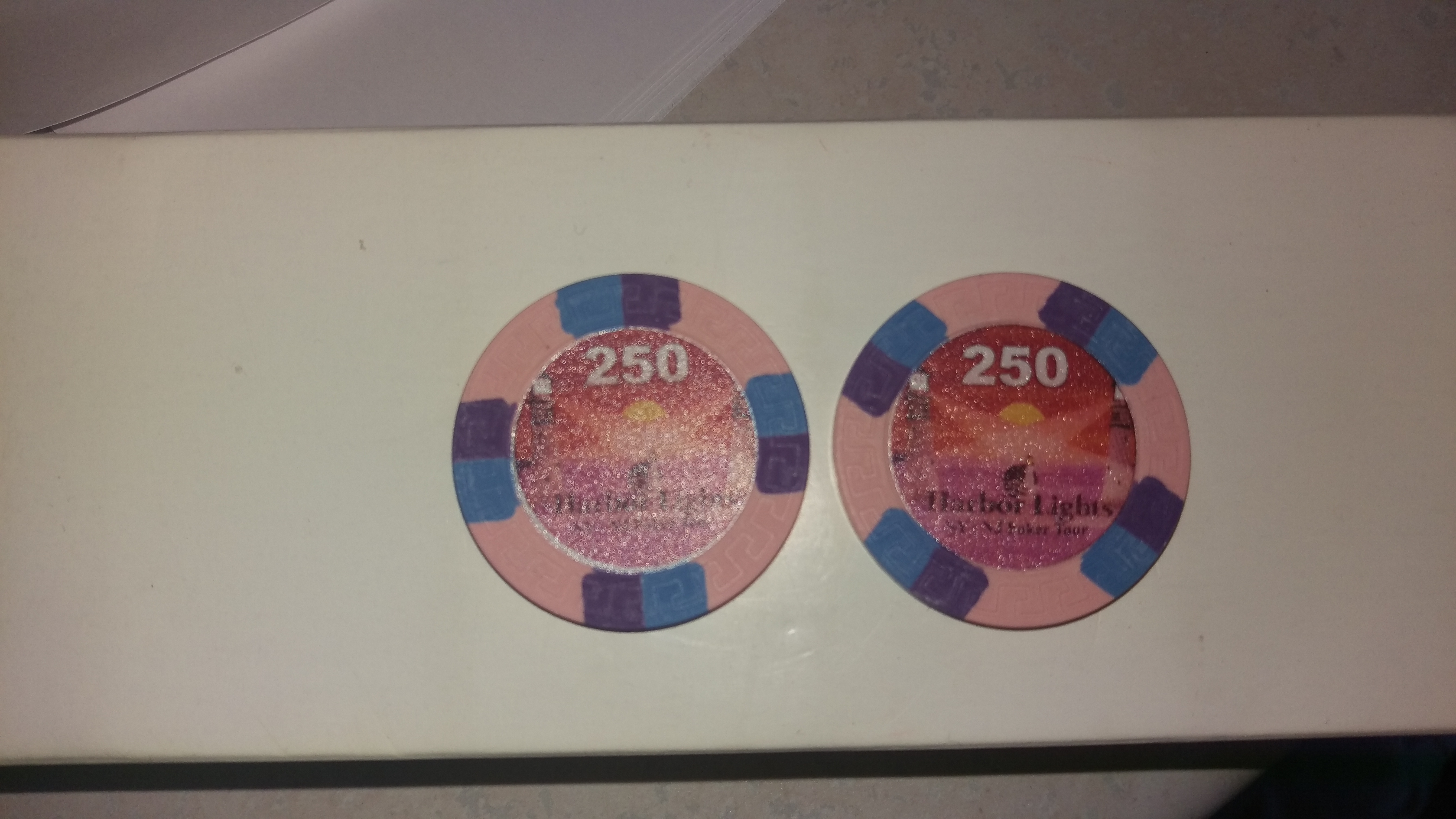I am in the process of designing my CPC tourney set and I was all go with the denominations. I was going to use T25/T100/T500/T1000/T5000 but then I saw a post by @liftapint offering samples for the Siam Imperia set ( https://www.pokerchipforum.com/threads/siam-imperia-cpc-sample-sets.27192/ ) and of course I grabbed a set ( they look awesome! Love the T500 and T2000 ). But I noticed that the denominations are T5/T25/T100/T500/T2000/T10000. I had not seen that breakdown before ( T2000/T10000 vs T1000/T5000 ) or even considered it, but it seems to make more sense ( at least in my mind ). The jumps from chip to chip are more consistent. You don't have the (wasted?) 2x jump from T500 to T1000. They are all either 4x or 5x jump.
So my question is, what are the advantages/disadvantages of one over the other? Seems to me you can minimize your chip purchase with fewer chips ( I know, more is better ) with a more even chip denomination progression vs. having denominations that "seem more natural". But how does one option play over the other? More chips on the table? More making change? Any experience/advice/insight is appreciated. Thanks.
So my question is, what are the advantages/disadvantages of one over the other? Seems to me you can minimize your chip purchase with fewer chips ( I know, more is better ) with a more even chip denomination progression vs. having denominations that "seem more natural". But how does one option play over the other? More chips on the table? More making change? Any experience/advice/insight is appreciated. Thanks.


